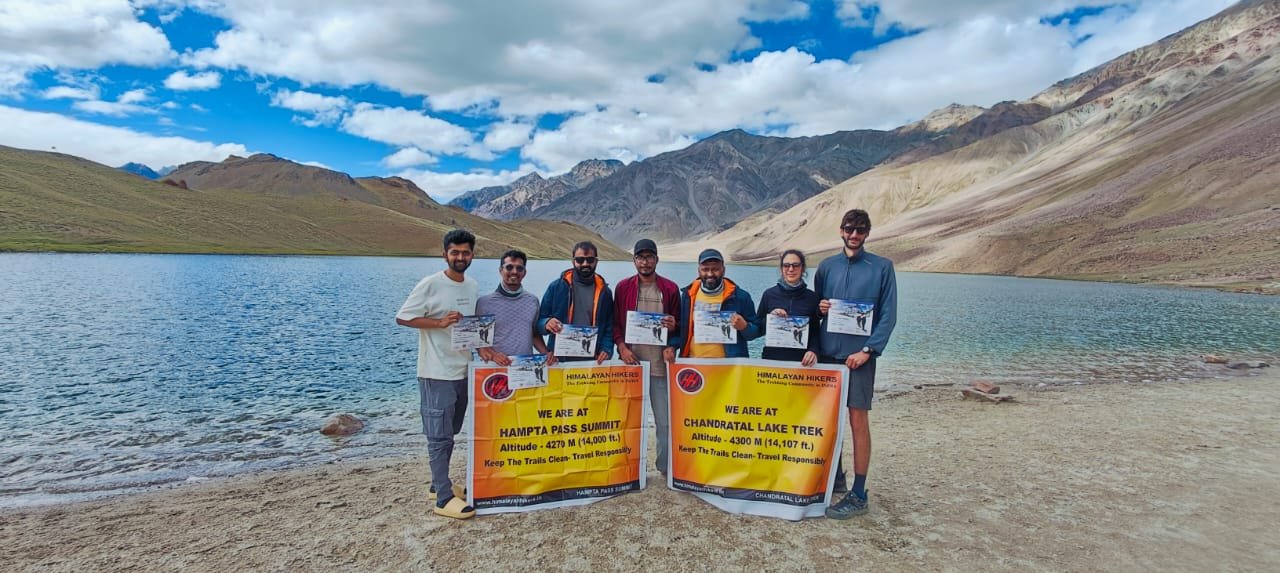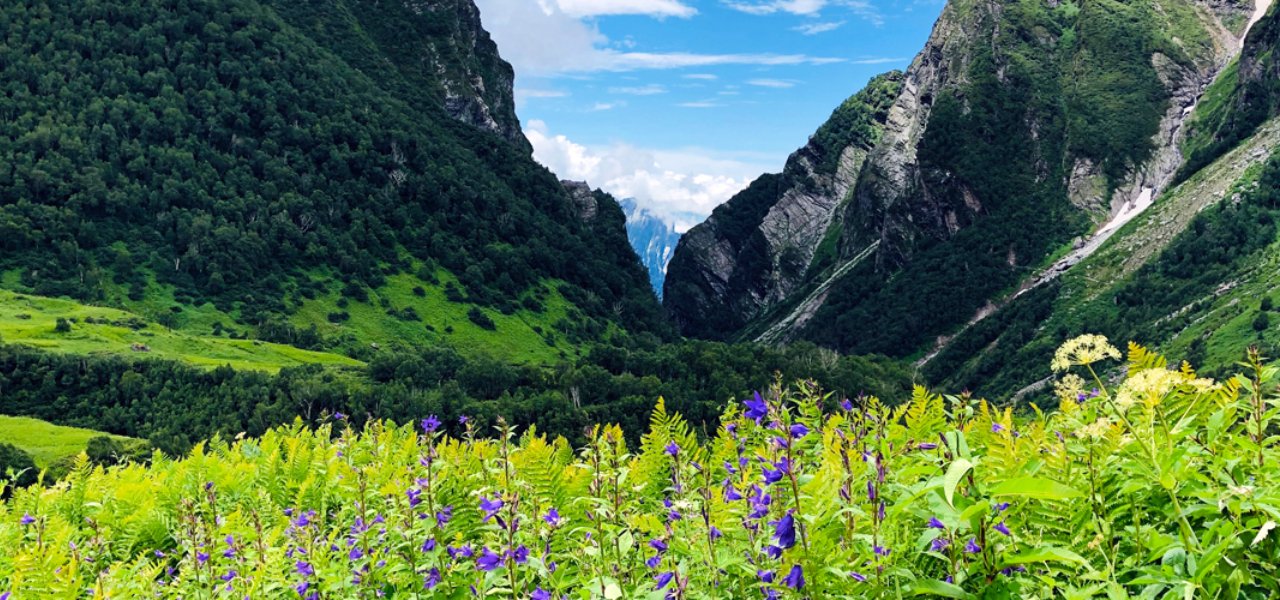
UNESCO’s Dual Heritage: Why the Valley of Flowers Trek Matters More Than Ever
Why the Valley of Flowers Trek Matters More Than Ever
Tucked deep in the Himalayas, far from noise and networks, there’s a valley that doesn’t just impress you — it changes you. The Valley of Flowers in Uttarakhand isn’t one of those places you just visit and forget. It’s one you carry with you, long after the trek is over.
Back in 2005, UNESCO named it a World Heritage Site. But not for just one reason — for two:
-
Its unbelievable natural beauty (Criterion vii), and
-
Its ecological importance and rich biodiversity (Criterion x).
What does that actually mean? Let’s take a closer look — not from a textbook point of view, but from the ground, where the trail begins.
The Beauty You Can’t Describe — But Try Anyway (Criterion vii)
If you’ve ever trekked into the Valley during peak bloom (usually July to early September), you know what this means. Imagine a place where the ground explodes with color — blue poppies, wild orchids, cobra lilies, primulas — all growing naturally, all untouched.
You don’t just see it. You feel it. The mist moves through the valley like breath, snow peaks line the horizon, and the silence is the kind that makes you slow down — really slow down.
It’s not just beautiful. It’s humbling.
This is what UNESCO means by “exceptional natural beauty.” The Valley doesn’t look like the real world. And yet, it’s more real than anything else.
More Than Just Pretty — A Biodiversity Goldmine (Criterion x)
Now here’s what most people don’t realize: the flowers are just part of the story.
The Valley is also home to rare and endangered animals like the musk deer, Asiatic black bear, and if you’re incredibly lucky (and silent), maybe even the snow leopard. The air is alive with birds and insects — many found only in this part of the world.
It’s part of the Nanda Devi Biosphere Reserve, a protected zone that plays a critical role in preserving Himalayan biodiversity. Scientists and conservationists treat this place as a living lab — studying its plants, its changing climate, and what it can teach us about survival at high altitude.
This is what UNESCO’s Criterion (x) is all about: protecting places that are vital for the planet’s ecological balance.
What About Hampta Pass?
While Hampta Pass Trek in Himachal Pradesh doesn’t carry the UNESCO badge, it tells a similar story in its own way. The trail starts in the green, pine-covered Kullu Valley and ends in the stark, dramatic deserts of Lahaul. In between? You walk through meadows, river crossings, flower-filled paths, and glaciers.
It’s not as well-known. It’s not protected like the Valley of Flowers. But it’s just as raw, just as real, and perhaps, just as important to preserve.
Why This All Matters Now
We live in a time where wild places are disappearing fast — to roads, resorts, and recklessness. Places like the Valley of Flowers aren’t just beautiful spots on the map. They are reminders.
Reminders of what nature looks like when left alone.
Reminders of what balance means.
Reminders of why preservation isn’t just for governments — it’s for all of us.
Final Thoughts
You don’t walk through the Valley of Flowers and come out the same.
You come out quieter.
More aware.
And if you’re lucky, more willing to fight for places like it.
UNESCO may have given it a title. But it’s up to us to give it a future.

